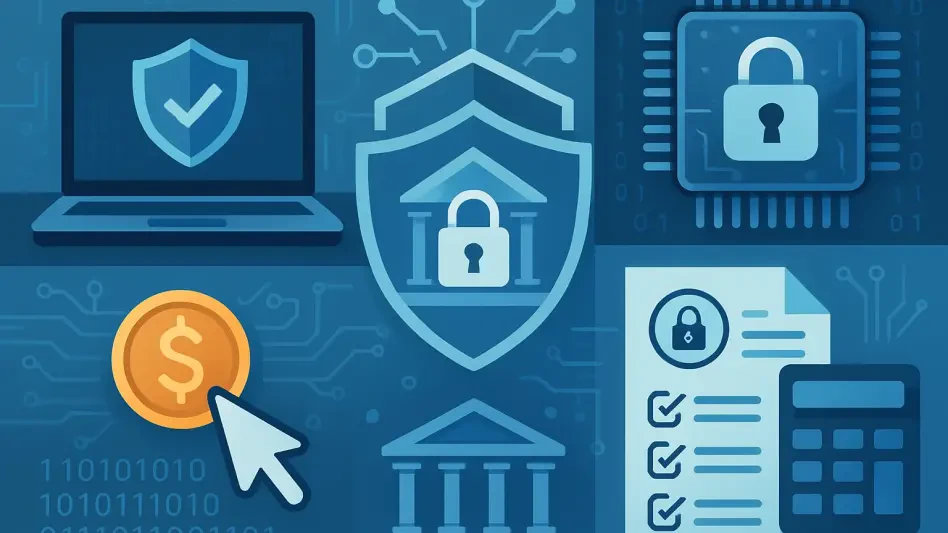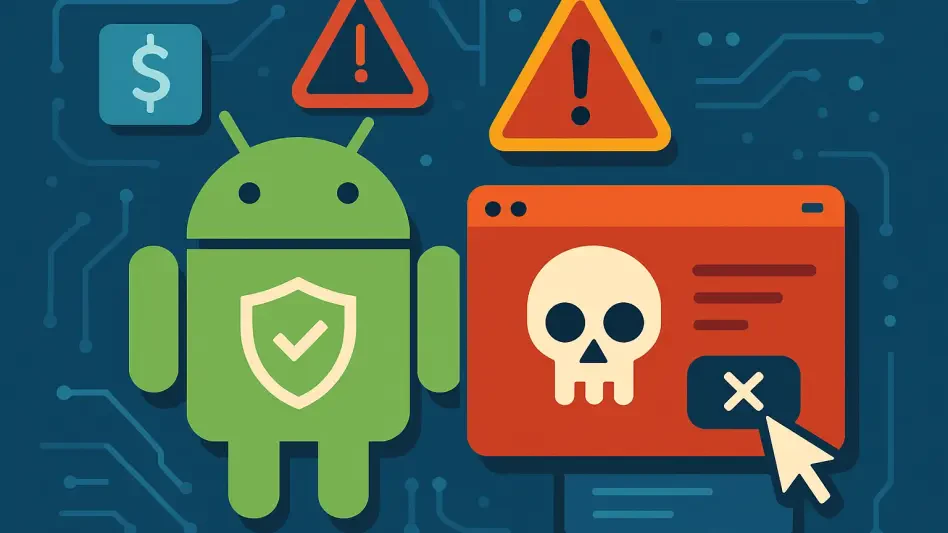The dark web poses a growing threat to businesses, serving as a concealed marketplace for the exchange of sensitive and often illegally obtained information. Despite its relative obscurity, the dark web represents a significant danger to corporate security, necessitating vigilance and proactive protective measures. The dark web, a fraction of the internet inaccessible by traditional means and requiring specialized tools like the Tor browser, hosts various illicit activities under a veil of anonymity. Originally designed by the U.S. Department of Defense for secure communications, it has since evolved into a largely unregulated platform where illegal activities thrive. Users can procure everything from stolen data and counterfeit documents to drugs and weapons. While some legitimate uses of the dark web exist, such as circumventing censorship or ensuring privacy, its potential for misuse is significantly higher, making it a hotspot for criminal enterprises. Government agencies continuously monitor the dark web to curb illegal activities, but its encrypted nature makes it a challenge to enforce law and order effectively.
Recognizing the Threat
Recent high-profile data breaches underscore the urgency of addressing these threats. In May 2024, over half a billion Ticketmaster customers had their personal information exposed on a dark web forum. Similarly, AT&T also suffered a major breach in April 2024, with data from 73 million customers, including sensitive information like social security numbers and passcodes, appearing in dark web listings. LinkedIn faced a similar fate in 2021 when data from 700 million users, representing over 90% of its user base, was posted for sale. These incidents highlight the persistent danger the dark web poses, as corporate data, including credentials and trade secrets, often circulate in these encrypted spaces, out of reach and sight, creating potential crises for businesses handling valuable information.
The ramifications of such dark web exposures can be devastating, not only in terms of financial losses but also in terms of reputational damage. For instance, when customer data is compromised, trust can erode rapidly, impacting a business’s long-term relationships and overall market standing. Moreover, the dark web provides a breeding ground for malicious actors to exploit this stolen data, often leading to further criminal activities such as identity theft, fraud, and corporate espionage. As these high-profile breaches illustrate, the threat landscape is continually evolving, forcing businesses to adapt their security measures dynamically to stay one step ahead of potential attacks. Understanding the scale and complexity of the threat posed by the dark web is the first step toward developing effective countermeasures.
Proactive Measures for Protection
To protect themselves, businesses must recognize the extended attack surface stemming from increasingly complex IT environments. The first crucial step is to accept that some of the organization’s data is likely already circulating on the dark web. This acceptance forms the basis for taking necessary protective actions. Regular scanning for leaked credentials is essential, as monitoring exposed username and password combinations associated with the organization helps secure accounts before they are exploited. This includes tracking hashed credentials that attackers might decrypt. Actively searching dark web marketplaces for accounts and access links associated with the organization allows businesses to identify compromised accounts and promptly disable or re-secure them to prevent unauthorized access. Monitoring for IP-based leaks also gives visibility into potential network vulnerabilities, helping to shut down access points before attackers can exploit them.
In addition to these measures, deploying advanced threat intelligence solutions can significantly enhance a company’s ability to detect and respond to dark web threats. These solutions leverage artificial intelligence and machine learning to identify patterns and anomalies that may indicate the presence of compromised data or potential exploits. Additionally, adopting a multi-layered security strategy incorporating endpoint protection, intrusion detection systems, and robust access controls can create a more resilient defense against dark web threats. Employee training and awareness programs are equally vital, ensuring that all team members understand the importance of security protocols and are vigilant against potential threats. By combining technology with a culture of security awareness, businesses can create a formidable defense that mitigates the risks associated with dark web activities.
Addressing Past Breaches
Recognizing and addressing data from past breaches is equally important. Ransomware and other data breaches often result in the online exposure of sensitive information, such as internal documents, customer data, or proprietary information. By identifying which data has been exposed, businesses can better understand where they are most vulnerable, allowing them to prioritize remediation efforts more effectively. Mapping this information back to the attack surface graph provides context and enables businesses to overlay these risks onto the existing attack surface. This approach offers a strategic view of how dark web exposures intersect with organizational vulnerabilities, guiding security teams to address the most critical gaps first.
Thoroughly investigating past breaches not only helps in understanding specific vulnerabilities but also provides valuable insights into the attacker’s methods and motives. This knowledge can be instrumental in refining security policies and improving incident response strategies. Furthermore, businesses should establish formal processes for breach management, including post-incident analysis and continuous updates to threat intelligence databases. These actions can help in closing the gaps that may have been overlooked previously and prepare the organization to better handle future incidents. Collaborating with cybersecurity professionals and industry peers can also enhance the effectiveness of breach response initiatives. Sharing breach data and insights helps the broader community to stay informed about emerging threats and develop collective defense mechanisms against them.
Building a Culture of Vigilance
The dark web is an increasing threat to businesses, acting as a hidden market for the trade of sensitive and often illegally obtained information. Though relatively obscure, the dark web poses a serious risk to corporate security, making vigilance and proactive security measures essential. This less accessible part of the internet, requiring tools like the Tor browser to visit, is ripe with illicit activities under the guise of anonymity. Originally created by the U.S. Department of Defense for secure communications, the dark web has evolved into an unregulated space where illegal operations flourish. Users can acquire anything from stolen data and counterfeit documents to drugs and weapons. While the dark web does have some legitimate uses, like bypassing censorship or protecting privacy, the potential for misuse is significantly higher, turning it into a hub for criminal enterprises. Government agencies are constantly monitoring the dark web to curb illegal activities, but its encrypted nature makes law enforcement a persistent challenge.







